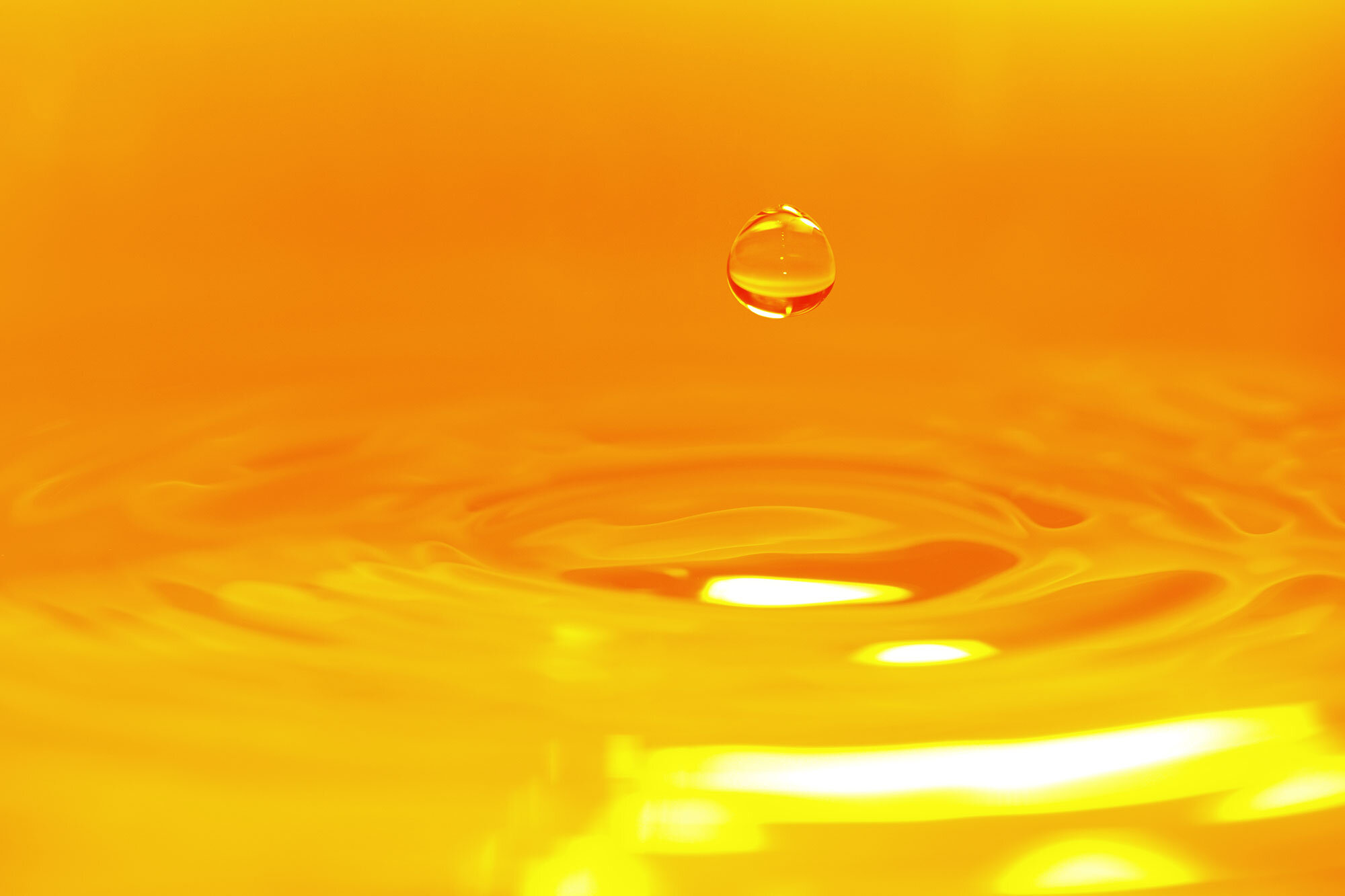
Coupled Microenvironments
Coupling microenvironments opens many directions for liquid solar fuels.
There are two paths for liquid fuels via artificial photosynthesis that have controlled local environments. One uses molecular catalysts, the other uses sequential catalytic sites which can be designed using coupled microenvironments.
Molecular catalyst
Coupled microenvironments
What is a microenvironment?
In LiSA, a microenvironment is an environment whose length and time scales span beyond primary near-neighbor molecular interactions or single pair-wise electronic interactions. Microenviroments respond to local conditions such as pH, temperature, reactant concentration, electron energy and concentration, etc. of the surroundings.
Design of solar fuels systems as assemblies of microenvironments is a new paradigm
We expect assemblies of chemical microenvironments for artificial photosynthesis will exhibit characteristics similar to natural photosynthetic systems. These microenvironment assemblies include photocatalysts, carbon dioxide adsorption, membrane and porous media for ion and molecular transport, media for proton and cation management, molecular and inorganic photo- and electrochemical reaction centers, thermocatalytic reaction centers, and reactant/product separation media. They are designed to be simultaneously higher-performing and durable.


